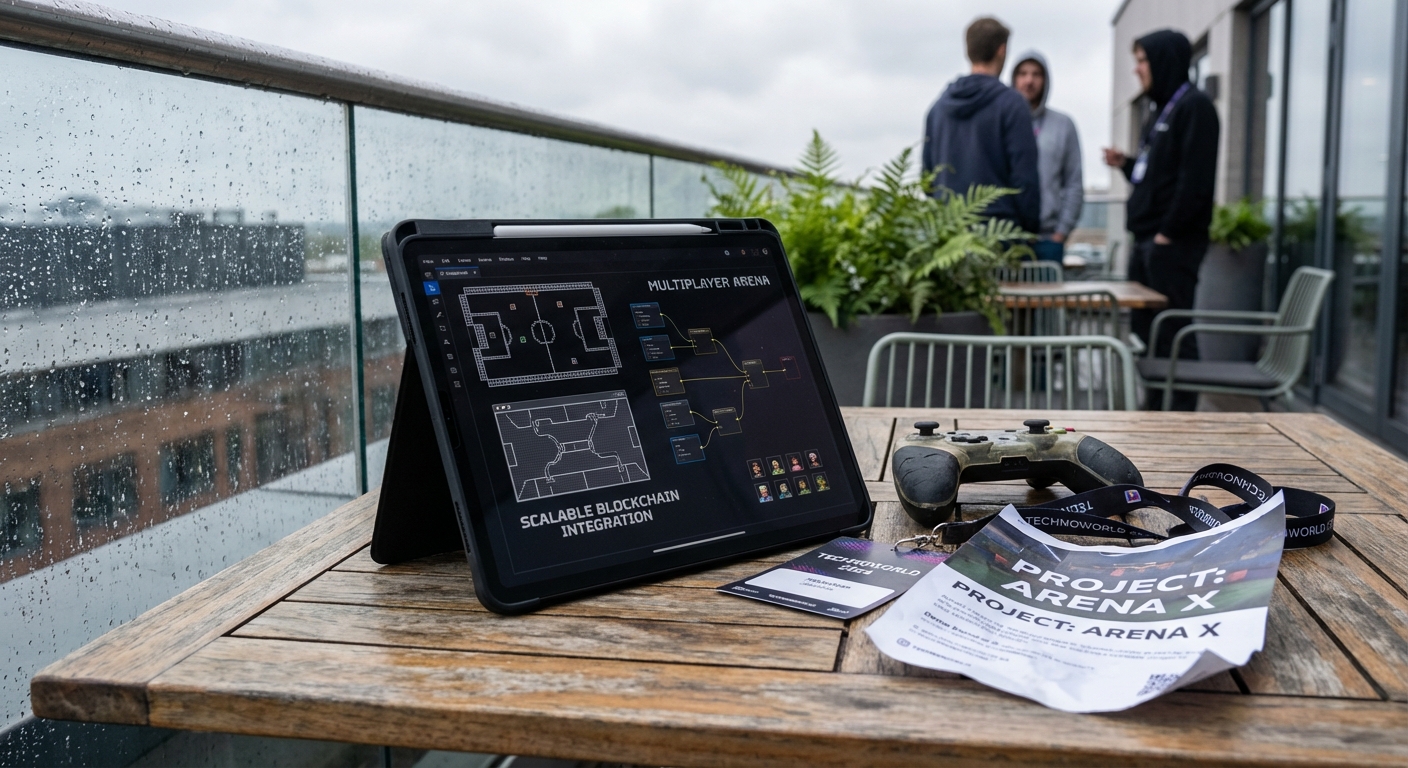Comparing Fully On-Chain vs. Hybrid Blockchain Games: Pros and Cons for Developers
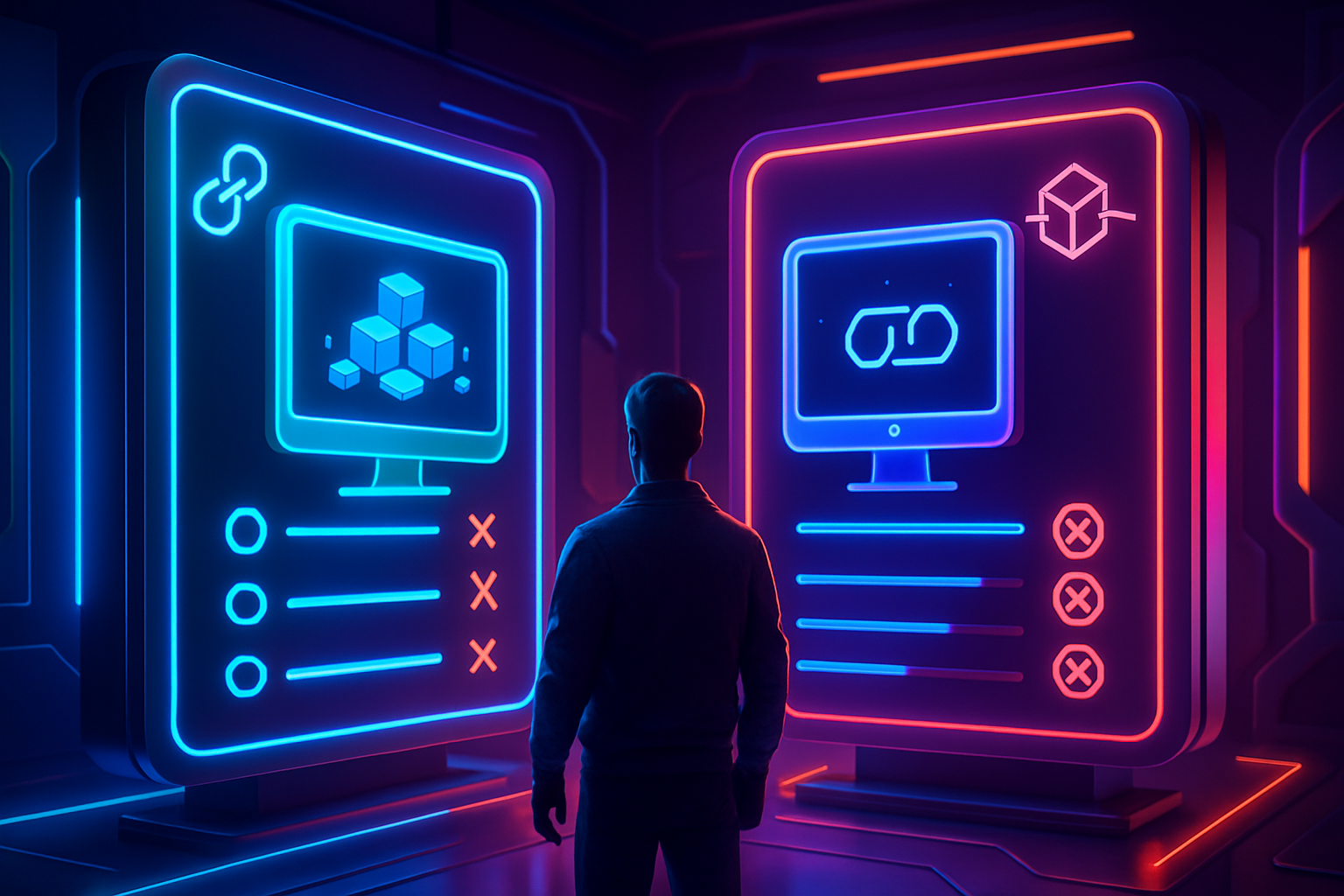
As blockchain gaming matures, developers are increasingly faced with a pivotal decision: should you build a fully on-chain game, or opt for a hybrid blockchain game? This choice isn’t just technical – it shapes the player experience, your project’s community ethos, and even the long-term viability of your in-game economy. Let’s break down what sets these two models apart and why the distinction matters now more than ever.
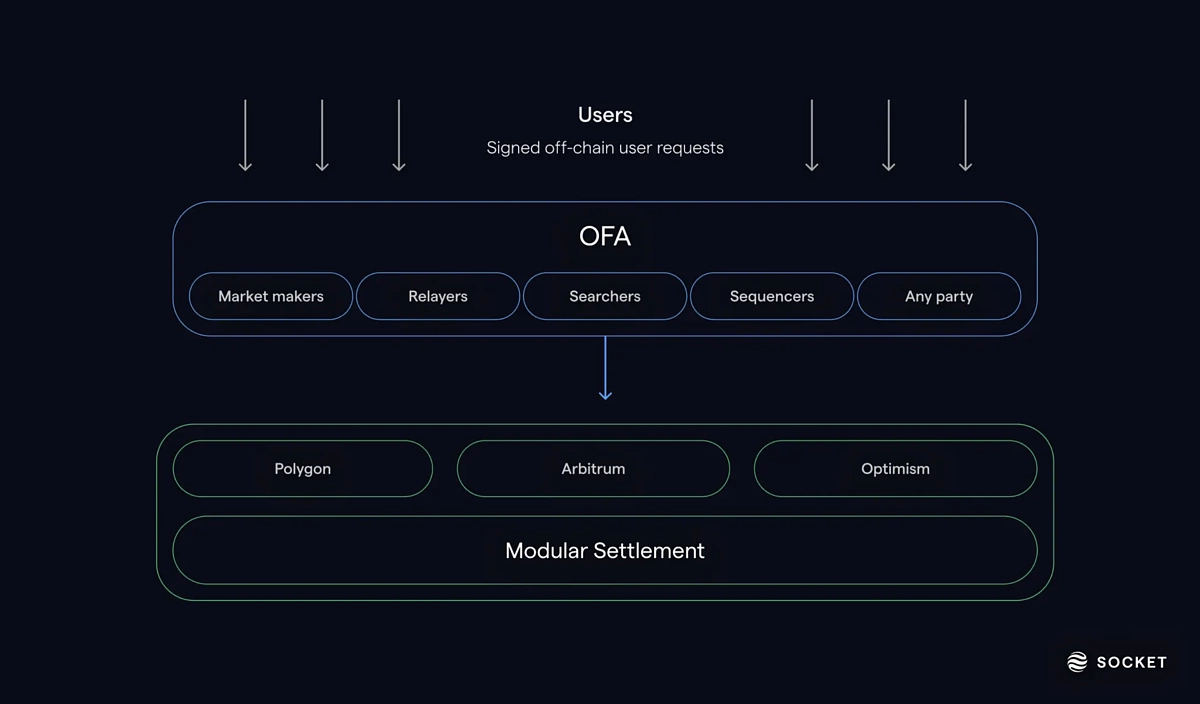
What Makes Fully On-Chain Games Unique?
Fully on-chain games (FOCGs) are built from the ground up to live entirely on the blockchain. Every core mechanic – from combat logic to inventory management – is encoded in smart contracts. This approach delivers unmatched transparency, decentralization, and permanence. Games like those built with MUD and Dojo engines exemplify this ethos, enabling new forms of composability and player-driven innovation.
Pros and Cons of Fully On-Chain Games for Developers
-

Decentralization & Transparency: All game logic and assets reside directly on the blockchain, eliminating centralized control and fostering trust among players. Every action is publicly verifiable, enhancing transparency. Source
-
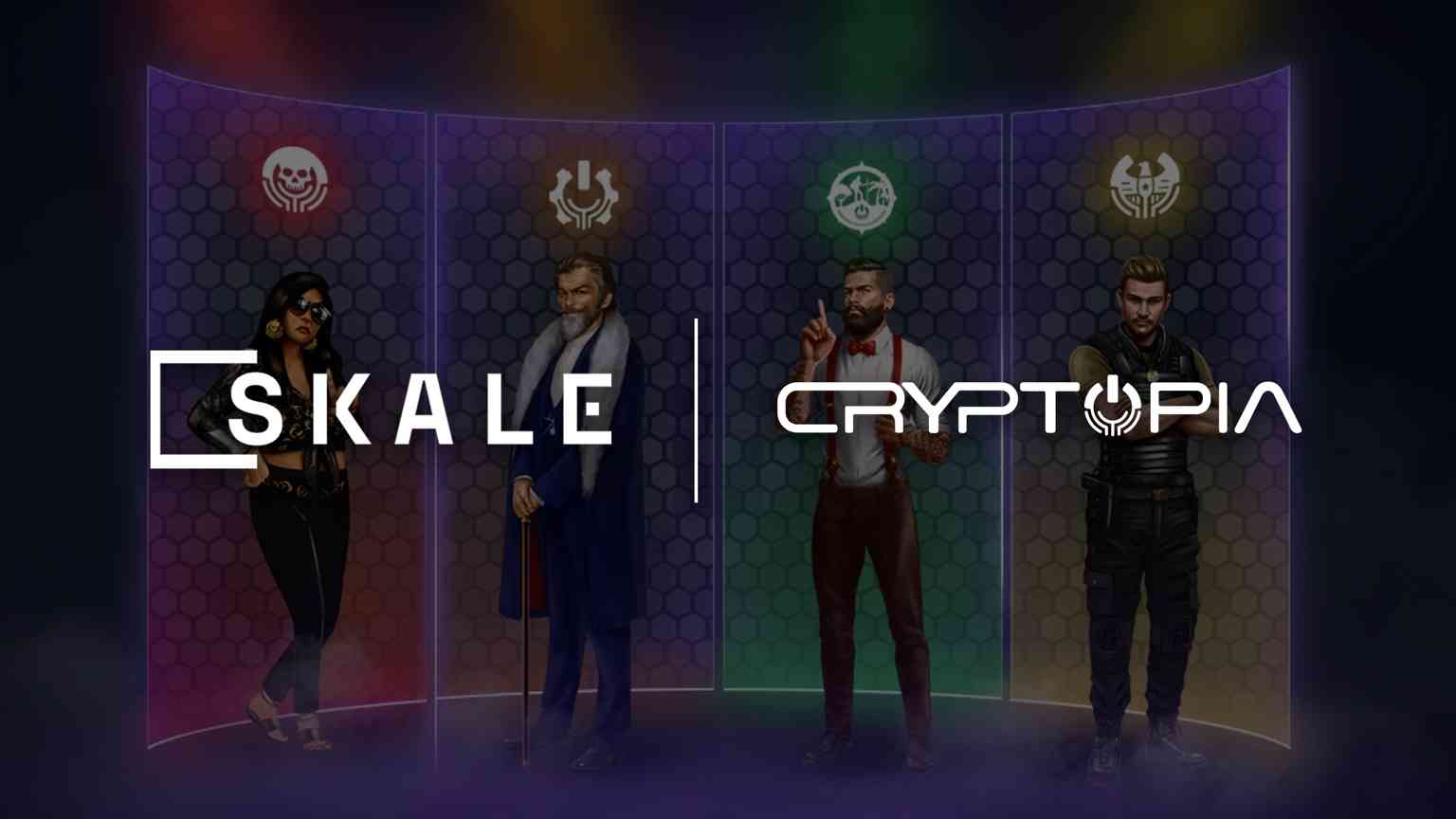
True Player Ownership: Players genuinely own in-game assets, which can be freely traded or sold without developer intervention, unlocking new economies and engagement models. Source
-
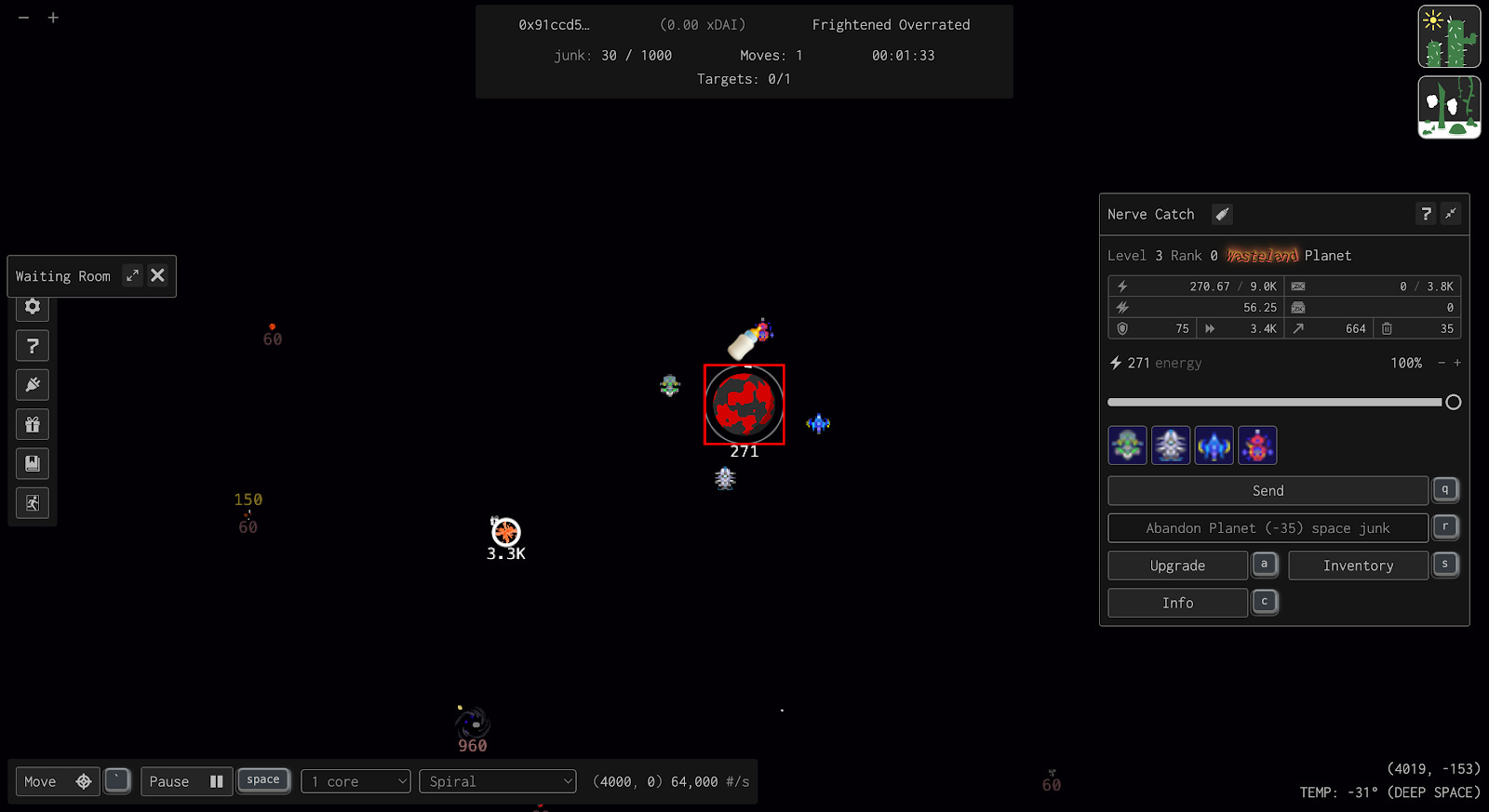
Composability: Developers can build on top of existing on-chain game logic, enabling open innovation and interoperability similar to open-source software. Source
-
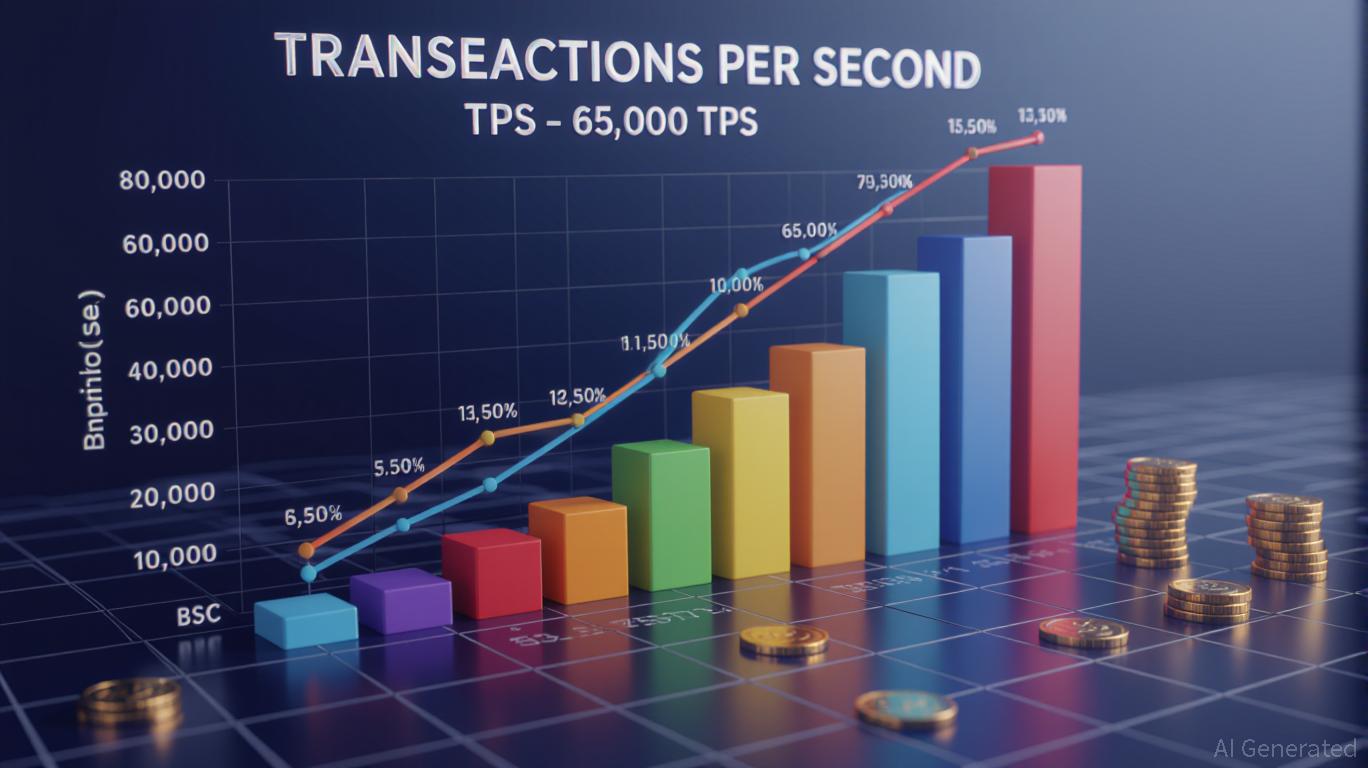
Scalability & Performance Challenges: Current blockchain infrastructure often struggles with high transaction volumes, causing latency and limiting real-time gameplay. Source
-
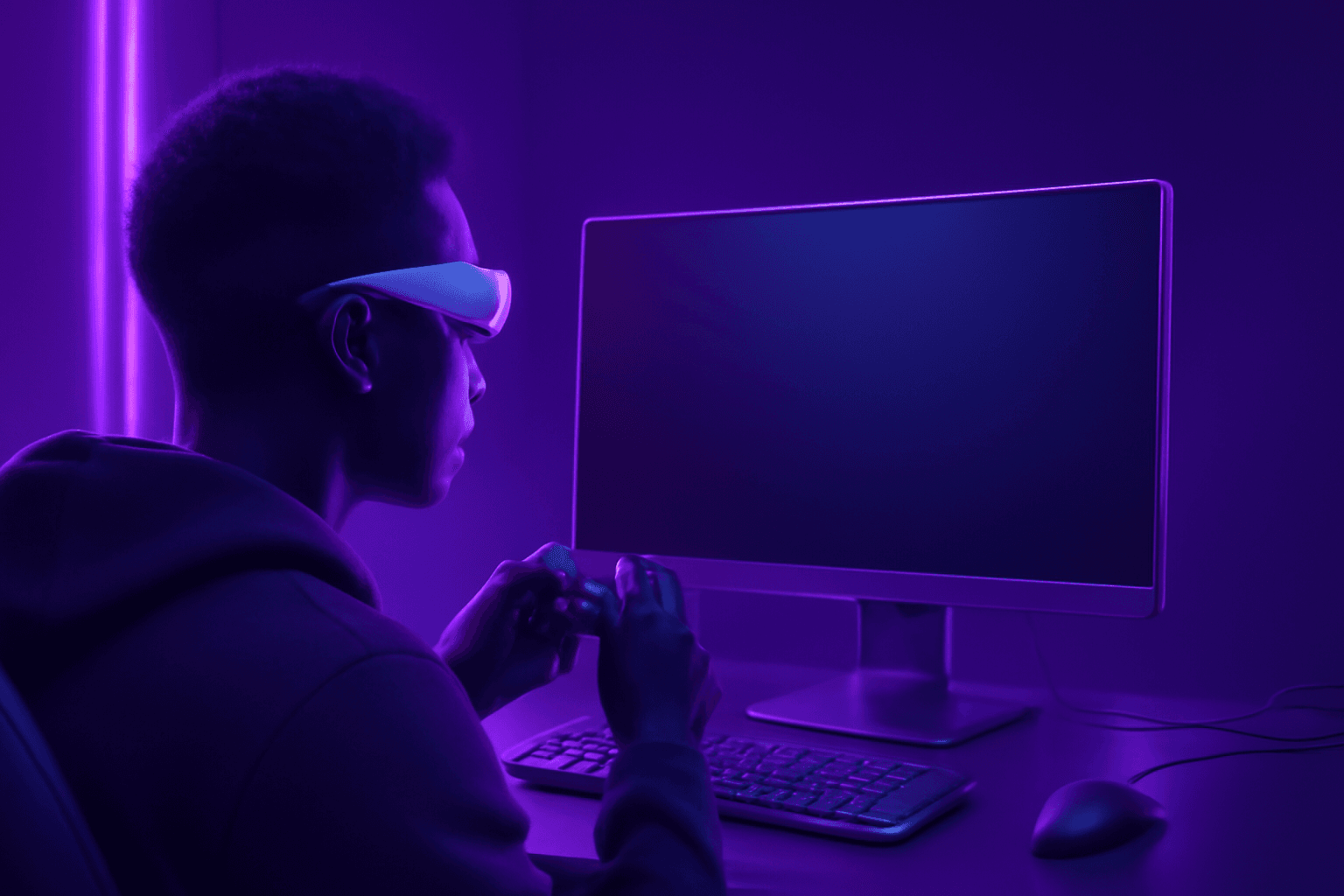
Complex Development Process: Building fully on-chain games requires deep blockchain expertise, making the development process more complex and lengthening the learning curve. Source
-
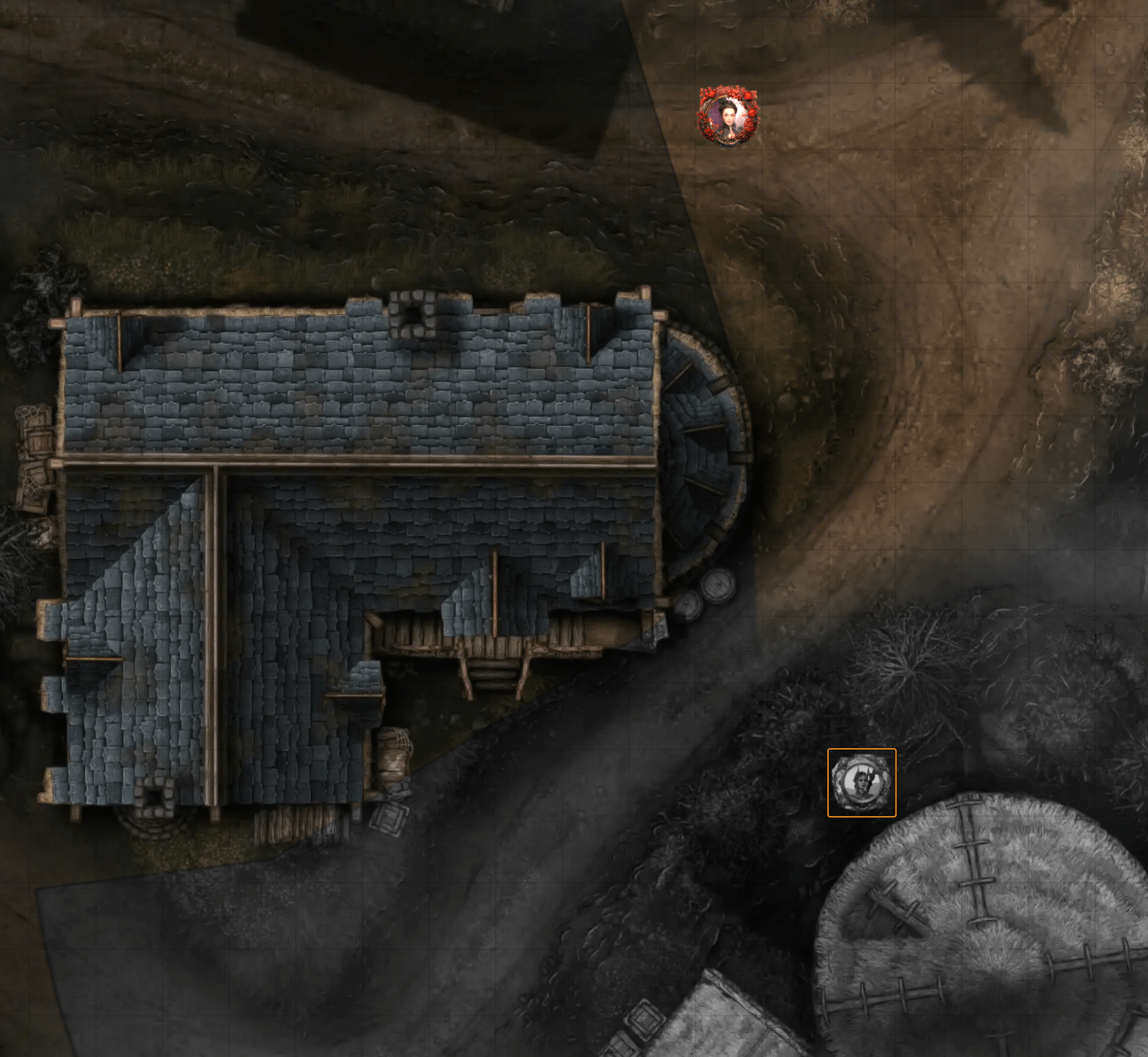
Transparency Limitations: The public nature of blockchain makes it difficult to implement mechanics that rely on hidden information, such as ‘fog of war’ or secret strategies. Source
The benefits are clear: players enjoy true asset ownership (tradeable NFTs that persist even if the developer disappears), while developers can invite others to build on top of their worlds, fostering a collaborative ecosystem reminiscent of open-source software. As noted by BITKRAFT Ventures, fully on-chain games are permanent, decentralized, and permissionless, unlocking new creative frontiers (source).
BUT: This model comes with real trade-offs. Blockchain infrastructure still struggles with high transaction volumes, leading to latency that can make real-time gameplay clunky (source). Devs must also grapple with unique challenges like designing around public transparency (think: how do you hide a player’s secret moves when every action is visible on-chain?). And building fully on-chain requires deep expertise in smart contract development – not just traditional game design.
“Momentum is money, catch the wave or miss the ride. ”
– Gavin Price
The Hybrid Blockchain Game Model: Flexibility Meets Performance
If you want some benefits of Web3 without sacrificing performance or accessibility, hybrid blockchain games offer a pragmatic middle path. These games keep sensitive or resource-intensive logic off-chain (using classic servers), while leveraging smart contracts for critical assets or economic layers.
This hybrid approach lets developers sidestep some major pain points:
- Scalability: Offloading heavy computations improves speed and responsiveness.
- User Experience: Players don’t have to sign every action or manage wallet pop-ups constantly.
- Development Flexibility: Teams can choose which features must be trustless/decentralized versus which can run off-chain for efficiency (source).
The trade-off? Hybrid models may reintroduce points of centralization. If key logic runs off-chain, developers (or their servers) could theoretically change rules or go offline – undermining some core promises of Web3 gaming. Security becomes more complex too; bridging between blockchain and traditional infrastructure demands careful architecture to avoid vulnerabilities.
MUD and Dojo Engines: Pushing On-Chain Game Development Forward
The emergence of specialized engines like MUD and Dojo has supercharged innovation in this space. Both frameworks provide full-stack solutions for building provably fair, composable worlds directly on Ethereum or other EVM-compatible chains (source). They’re tackling bottlenecks around scalability and developer onboarding head-on by offering modular components tailored specifically for autonomous worlds.
This is where the real momentum in Web3 gaming is right now. Developers who master these tools aren’t just building games, they’re shaping entire ecosystems where code is law and players are co-creators.
Yet, even the best on-chain frameworks can’t fully erase the friction of blockchain’s current limitations. Transaction costs, throughput ceilings, and the need for users to interact with wallets remain persistent hurdles. For fast-paced genres or mainstream audiences, these pain points may outweigh the philosophical purity of a fully on-chain approach. That’s why we’re seeing a surge of interest in hybrid models, especially from studios aiming for mass-market appeal or esports-level responsiveness.
So, how do you decide which path to take? It boils down to your project’s core priorities:
Key Factors for Choosing On-Chain vs. Hybrid Blockchain Game Development
-
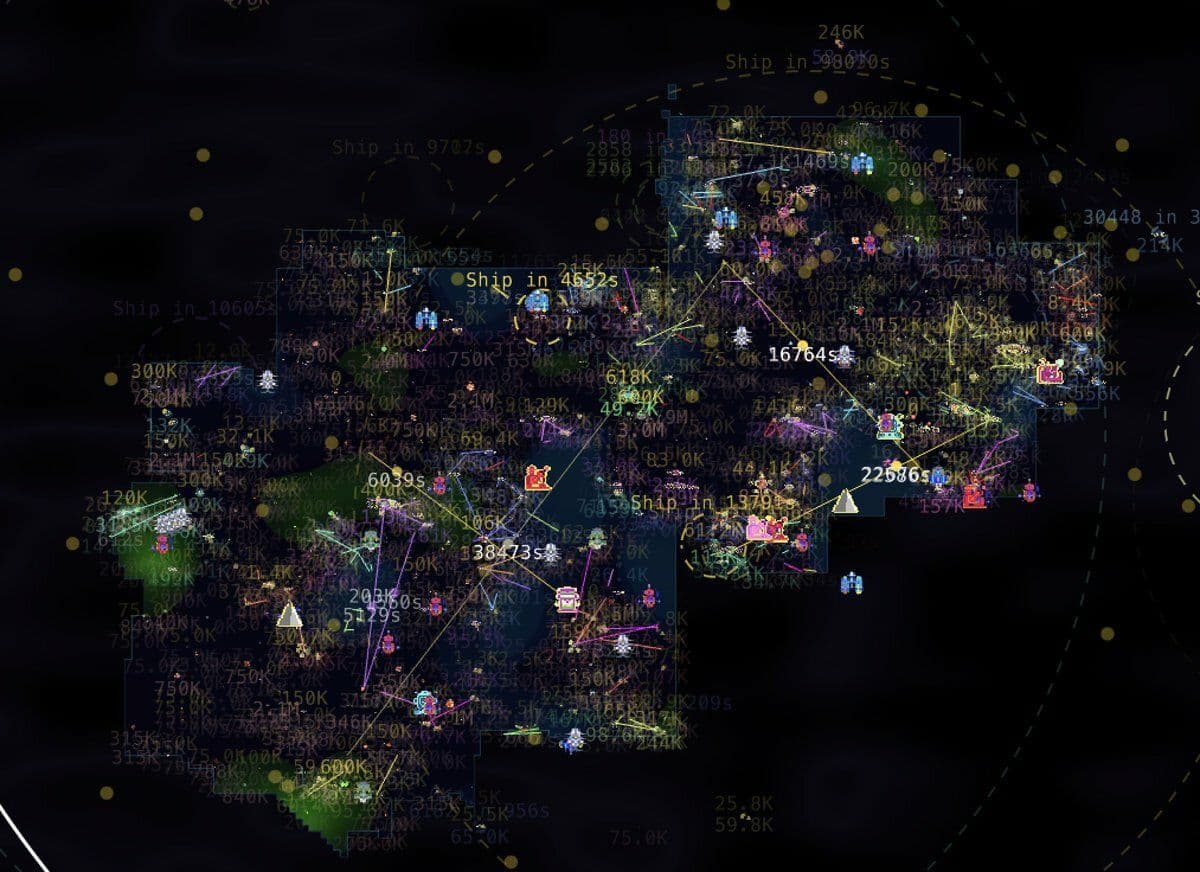
Decentralization Needs: Fully on-chain games like Dark Forest or Loot (for Adventurers) maximize decentralization, ensuring game logic and assets are trustless and censorship-resistant. Hybrid models, such as Axie Infinity, balance decentralization with off-chain efficiency.
-
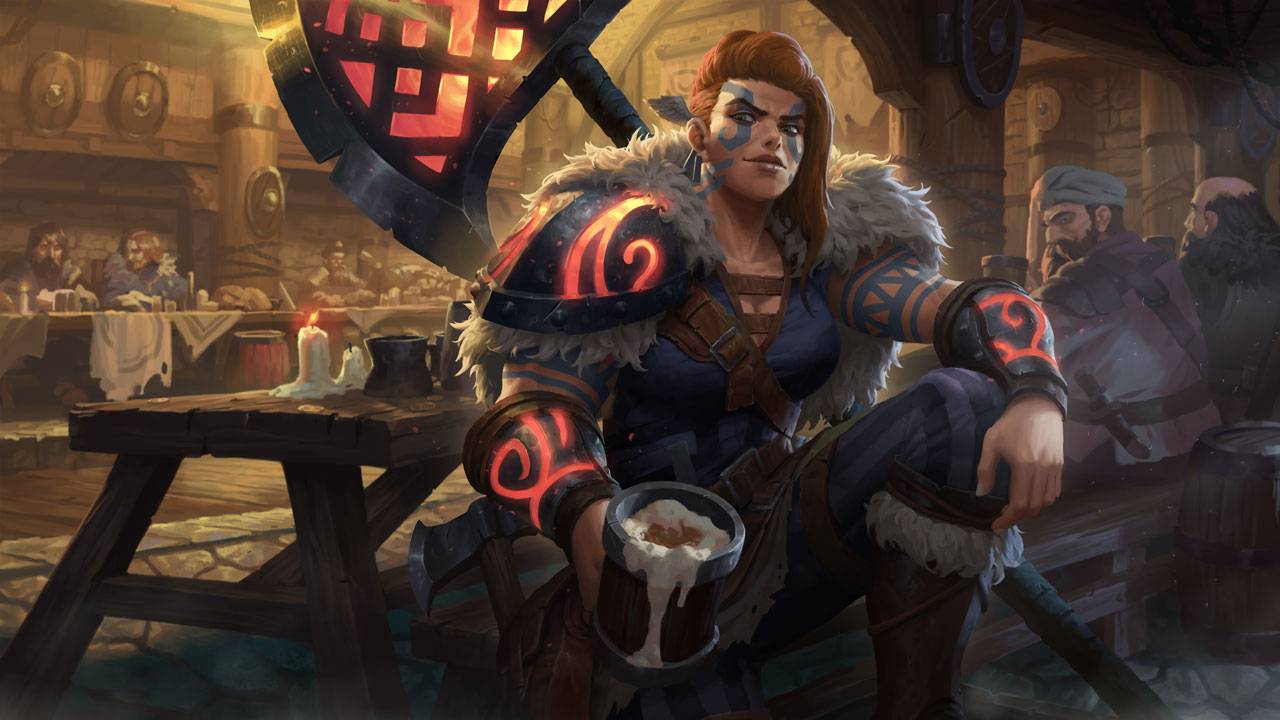
Performance & Scalability: Hybrid games leverage off-chain computation for smoother gameplay and higher throughput, as seen in Gods Unchained and Skyweaver. Fully on-chain games may face latency and throughput limits due to blockchain constraints.
-
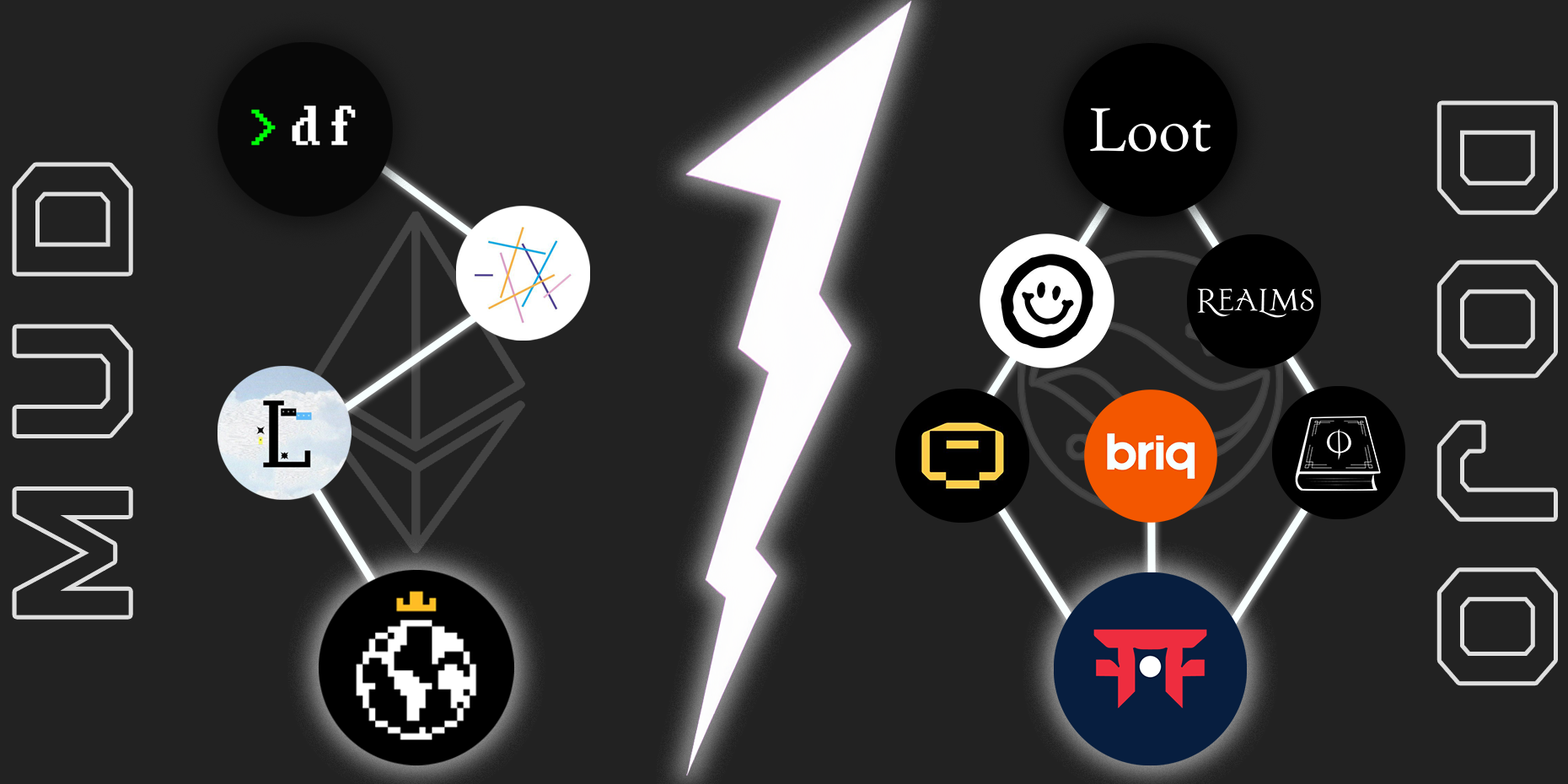
Player Ownership & Asset Control: Both models can offer true asset ownership via NFTs, but fully on-chain games like Dojo Engine-powered titles ensure assets and logic are always on-chain, while hybrids may store some data off-chain.
-
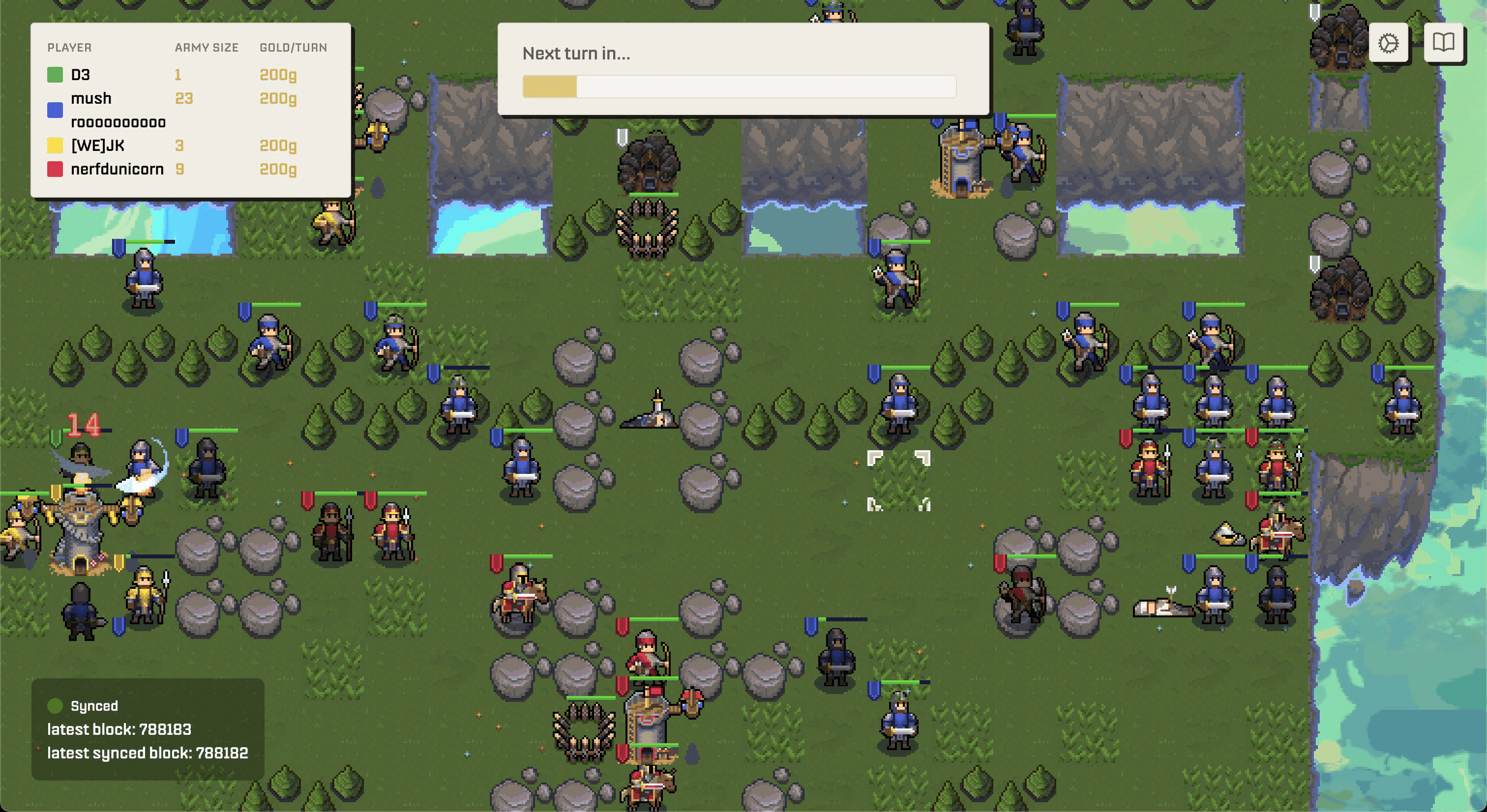
Development Complexity: Building with on-chain engines such as MUD or Dojo requires specialized blockchain expertise. Hybrid approaches can use familiar game engines (e.g., Unity, Unreal Engine) with blockchain integrations, lowering the barrier for traditional developers.
-

Security & Transparency: Fully on-chain games offer public, auditable game states, but hybrids must carefully manage off-chain components to avoid vulnerabilities, as seen in Axie Infinity’s Ronin Bridge incident.
-
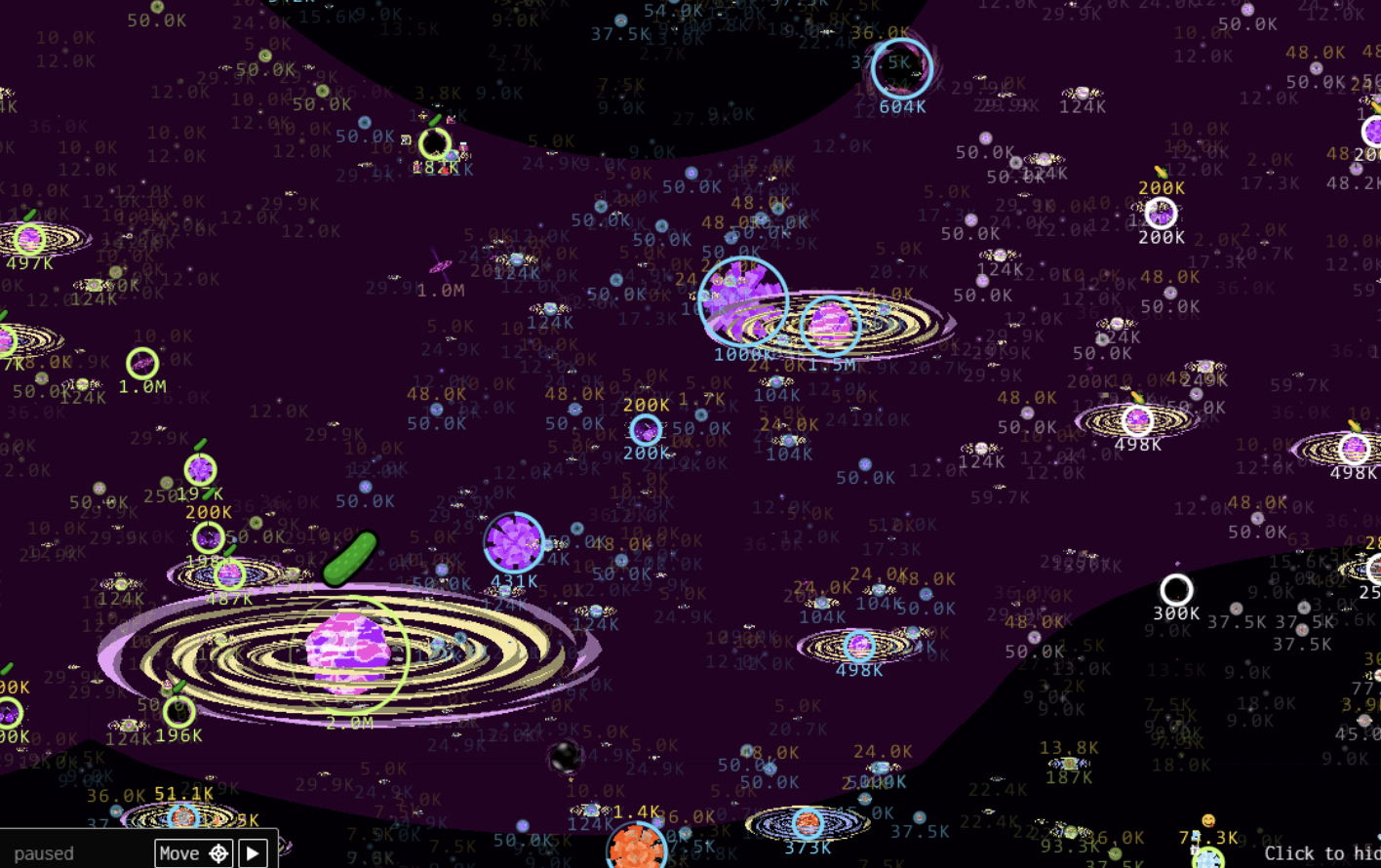
Game Design Flexibility: Hybrid models enable complex mechanics and hidden information (like ‘fog of war’), which are challenging to implement in fully transparent, on-chain environments.
Strategic Trade-Offs: Which Model Fits Your Vision?
If you’re building a game where player trust, asset permanence, and community composability are non-negotiable, a fully on-chain model is your arena. This is ideal for experimental economies, open-ended sandboxes, and games that want to be truly unstoppable, even if the original dev team walks away. The trade-off is complexity and potential friction for both developers and players.
If your focus is real-time action, competitive play, or onboarding Web2 gamers at scale, hybrids let you cherry-pick decentralization where it matters (e. g. , player-owned assets) while delivering seamless gameplay through off-chain logic. The risk? You inherit some of Web2’s vulnerabilities, central points of failure and potential trust gaps, but gain agility.
The current landscape isn’t static either. MUD and Dojo are rapidly evolving to address scalability bottlenecks with features like modular state updates and advanced indexing, making it easier than ever to build complex worlds that push the boundaries of what’s possible on-chain. As these tools mature, expect the line between fully on-chain vs hybrid games to blur even further.
What Does This Mean for Developers Right Now?
Tactically:
- Prototype early using both models, test player friction points before going all-in.
- Leverage MUD/Dojo for rapid iteration if exploring autonomous worlds or composable mechanics.
- If scalability is mission-critical today, don’t shy away from hybrid designs, but architect with future full-onchain migration in mind.
The bottom line? There’s no one-size-fits-all answer in the fully on-chain vs hybrid games debate. But by understanding the strengths and limits of each approach, and keeping an eye on where frameworks like MUD and Dojo are headed, you position yourself to ride the next wave of blockchain game innovation rather than getting left behind.




